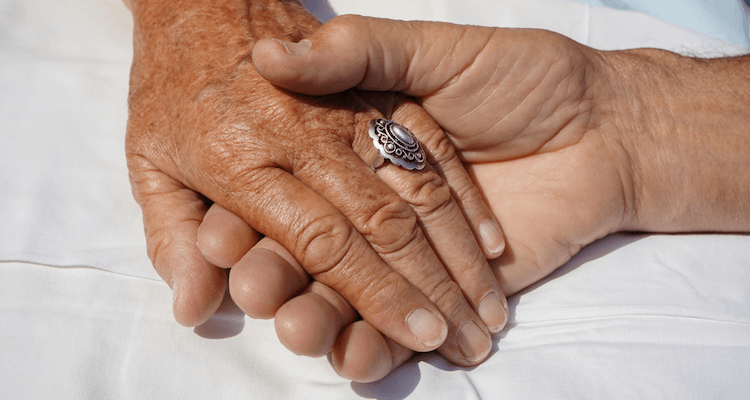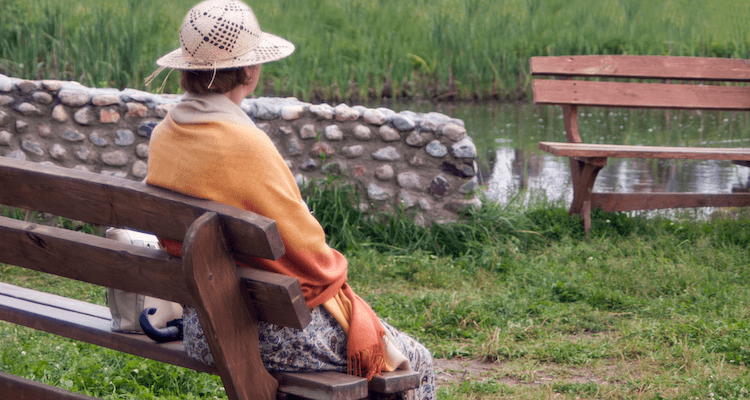June 17, 2019 - Stephen S Bowman's Blog
America’s tragic paralysis in the face of Alzheimer’s epidemic
Stephen Sarsfield Bowman is president of Peregrine Senior Living, based in Syracuse.
By Stephen Bowman | Special to Syracuse.com
I find it ironic that June is Alzheimer’s Awareness Month, yet we know so little about that disease. We can all grasp the numbers: Six million Americans have the disease today, and according to the Alzheimer’s Association, by the year 2050, 50% of all Americans over 65 will be afflicted due to our extended life expectancy. Put another way, that is half of the people reading these words. That means 40 million Americans will suffer from Alzheimer’s in only 30 years.
Alzheimer’s will outpace the bubonic plague in term of its deadly reach, yet it is never discussed until its haunting presence has struck down a loved one or family member. In this sense, it is not only an unmentioned epidemic, but a mysterious, silent killer.
Up until now, with a few notable exceptions, we have placed our hopes in finding a cure. We march for a cure and spend millions of dollars every year on research. The logo of the Alzheimer’s Association even contains the image of a laboratory beaker, emphasizing their scientific ambitions.
As a society, however, we are left with two tragedies. First, there is no cure on the horizon, and little to no evidence that we are close to producing a drug to slow the disease process. Consumer Reports tells us that current medications have about the same effect as a placebo. Many others, such as scientific experts Ronald Sahyouni, Aradhana Verma and Jefferson Chen in their recently published book “Alzheimer’s Decoded,” confirm there is no cure and no effective treatment. Like waiting for Godot, this is obvious to any of us that have placed our hopes in memory-saving prescriptions, only to sit back and witness … nothing.
This leads me to our second, and more profound tragedy: In our obsession for a cure, we have entirely overlooked creating a meaningful and compassionate model of “care.” It is inexplicable to me, since we are talking about our future selves, that we seem to have resigned ourselves to the institutional warehousing of our loved ones in custodial nursing homes, assisted living communities, or even our own darkened bedrooms.
As a memory care provider for the past 20 years, where I have witnessed only 15% of my residents receiving regular family visitors, even on Christmas and Passover, I have realized that once the adult child is unrecognized by their parent, they conclude that their parent is gone, and more often than not, they become gone, too. It seems that once we are able to rationalize their loss of humanity through this prolonged morbidity, we are comfortable with the idea that our loved ones have become part of the Alzheimer’s living dead and the husk of themselves will be left on its own. They will mutter and cry to themselves, not comprehending the strange faces, routines, or the context of their rolling memories.
As a society, we must appreciate that those afflicted with Alzheimer’s continue to live in time and space, and never lose their intuition about those around them. We know this from those living in the twilight of the disease. They know who is loving, or impatient, kind or dismissive. And though the disease destroys short-term memories, they continue to maintain long-term memories and can be comforted by reaching out to the meaningful touchstones in their pasts.
Love and joy can still be shared for both the parent and child, to the great benefit of each. A premature truncation of this vital relationship can be devastating and unnecessary.
So as Americans peer into their future and contemplate the catastrophic consequences of the Alzheimer’s scourge, and our lack of meaningful care, we might use as a north star for such an aspiration, the idea of assisting our loved ones to maintain a connection to themselves as long as possible. This can be done through unconditional patience, and by reaching out and touching their long-term memories: personal, cultural, and spiritual. In this way, hope can be found in the past.







